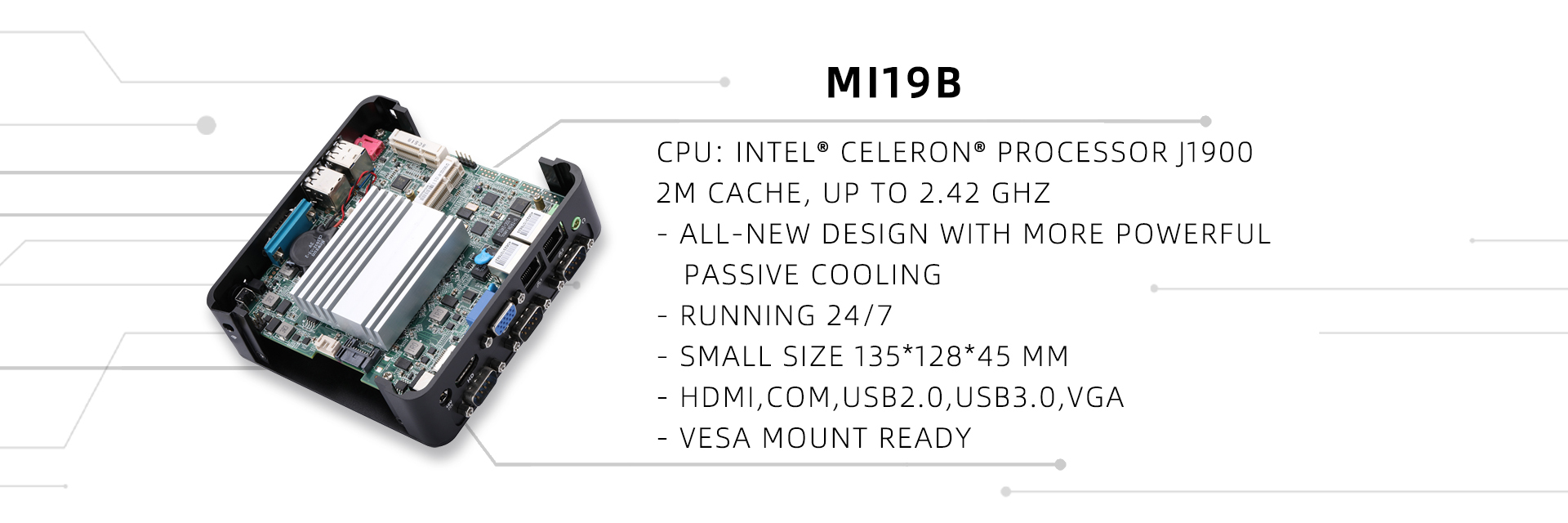


Are you comfortable installing an OS? If you don’t want to install pfSense yourself, then take a hard look at the Netgate products that come with pfSense preinstalled.ĭo you do have a limited Internet bandwidth or do some torrenting or downloading files from Usenet? If so, you may want to plan to set up QoS to prioritize streaming video, video conferencing, VOIP and other services that can be negatively affected by constrained bandwidth VPN (incoming and outgoing).Do you feel comfortable putting together hardware? If you don’t, you’ll probably want to consider a prebuilt box.And access points will likely provide a better WiFi experience in your home. If you do, you don’t need to worry about pfSense compatibility with your hardwire’s wireless hardware. Do you plan to use access points for WiFi? I highly recommend buying dedicated wireless access points, like the TP-Link EAP225/245.How many network interfaces do you need? Do you just have a LAN and a WAN? Do you plan to run VLANs or setup a Multi-WAN configuration? Make sure you have enough network interfaces.What services do you want to run on pfSense? Some packages, like Snort, require much more processing speed and disk space.How fast are your Internet and network speeds? Your router needs to be powerful enough (CPU and network card speeds) to handle the speed of your Internet connection and connection to your LAN.How big is your home network? If you have a smaller home network with fewer devices probably won’t require as fast of hardware as a larger network.

A few things you’ll want to consider include: One of the best things about pfSense is that you can choose your own hardware. Make sure to plan your pfsense router hardware accordingly Familiarize yourself with install and configuration documentation.Consider and plan additional pfSense router packages.Plan your pfSense router security packages.Are you migrating from an existing router?.Make sure to plan your pfsense router hardware accordingly.


 0 kommentar(er)
0 kommentar(er)
